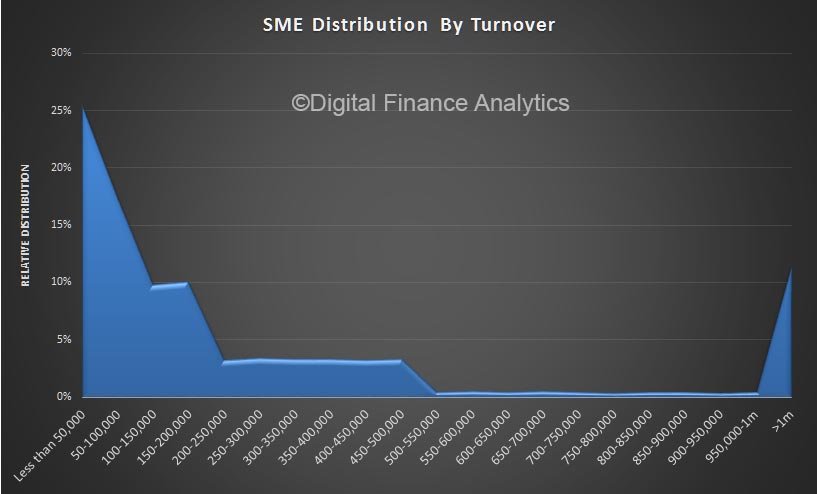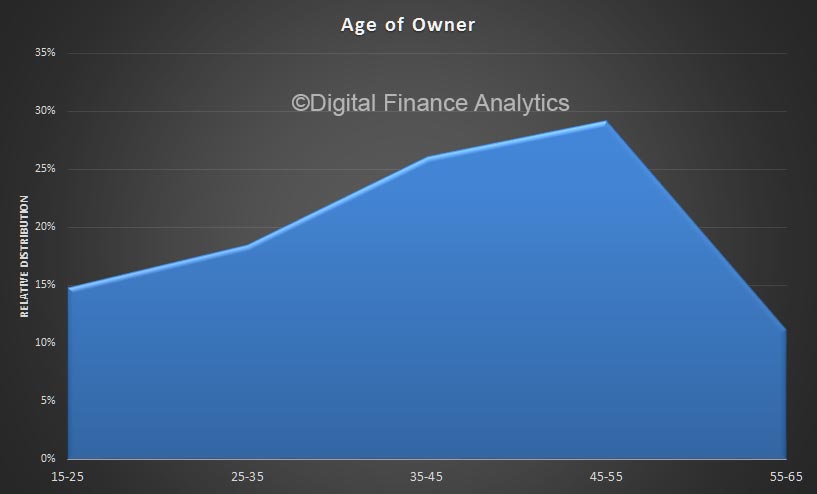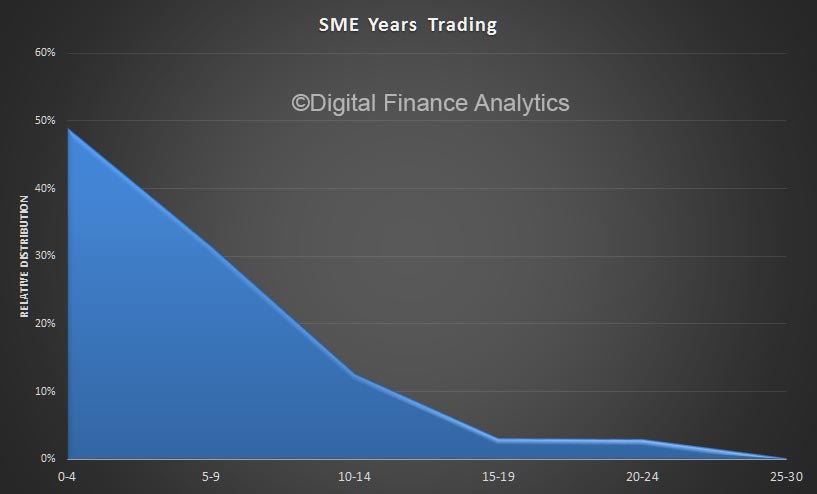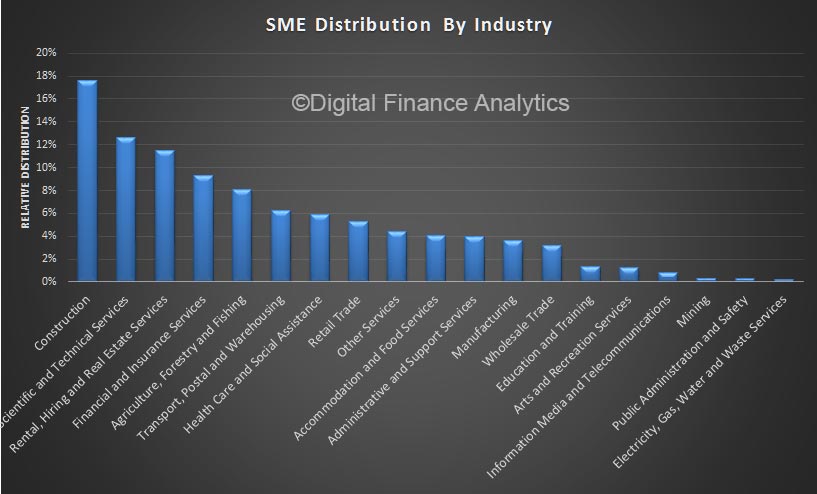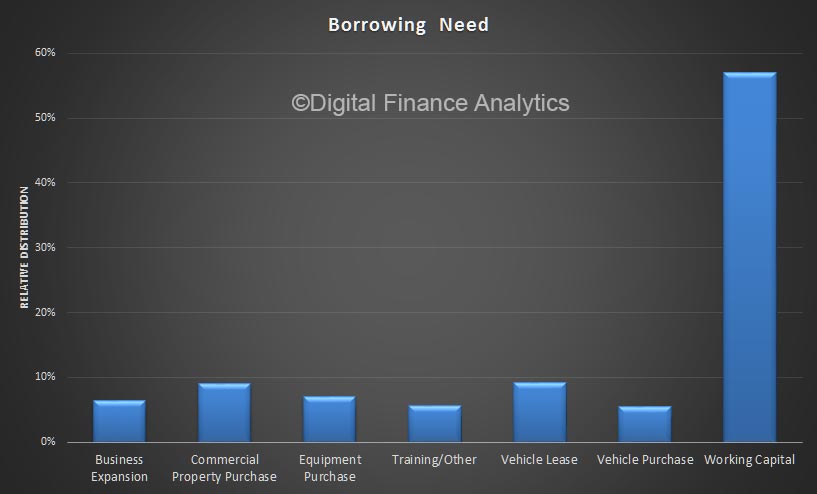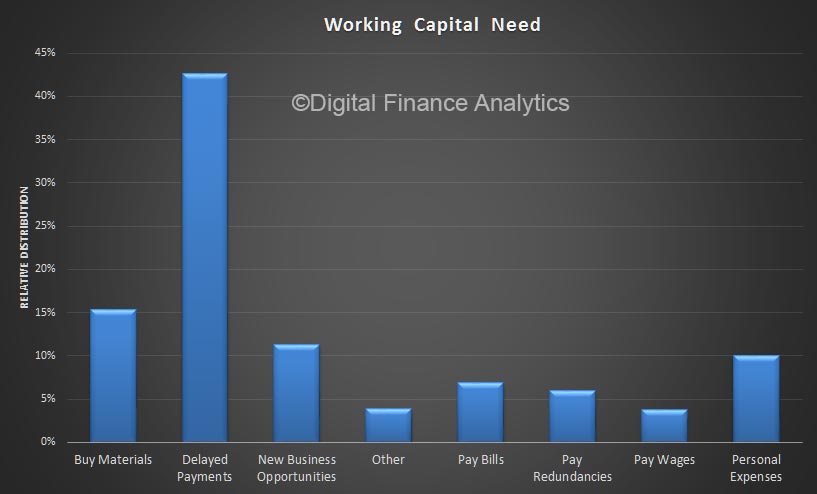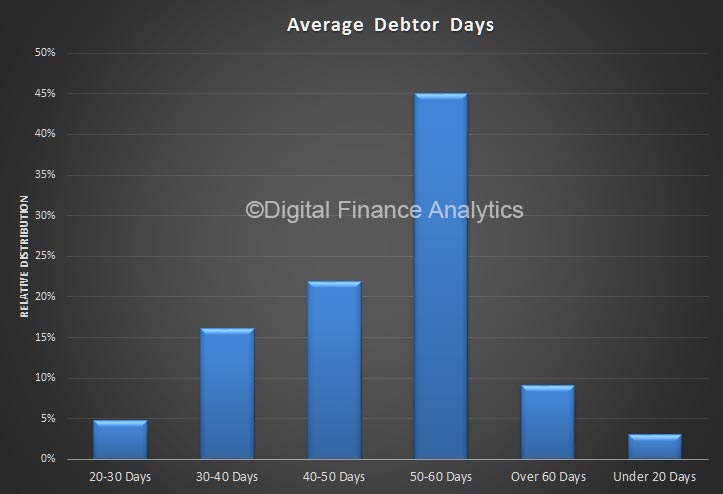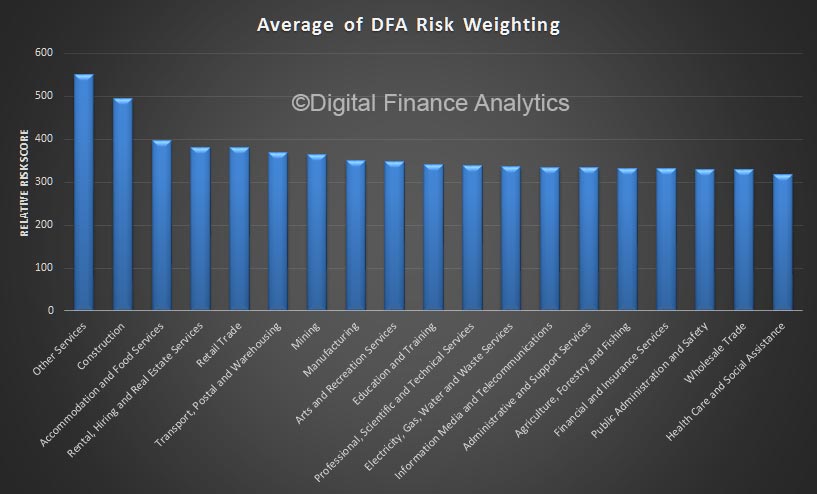ASIC says following intervention by the Australian Small Business and Family Enterprise Ombudsman (ASBFEO) and the Australian Securities and Investments Commission (ASIC), the big four banks are taking action to protect small businesses from unfair terms in loan contracts.
Following a round table hosted by ASBFEO and ASIC, the big four banks have committed to a series of comprehensive changes to ensure all small business loans entered into or renewed from 12 November 2016 will be protected from unfair contract terms.
ASBFEO and ASIC have publicly raised concerns that lenders, including the big four banks, needed to lift their game in meeting the unfair contract terms legislation.
The big four banks have committed to:
- Removing ‘entire agreement clauses’ from small business contracts. These are concerning terms that absolve the lender from responsibility for conduct, statements or representations they make to borrowers outside of the contract.
- Removing financial indicator covenants from many applicable small business contracts. For example, loan-to-valuation ratio covenants that give lenders the power to call a default when the value of secured property falls, even where a small business customer has met financial repayments, will be removed.
- Removing material adverse event clauses from all small business contracts. These are concerning terms that give lenders the power to call a default for an unspecified negative change in the circumstances of the small business customer.
- Significantly limiting the operation of indemnification clauses. These are concerning terms that aim to broadly protect the lender against losses, costs, liabilities and expenses that arise even outside the control of the small business borrower.
- Significantly limiting the operation of unilateral variation clauses. In addition to providing applicable small business customers with a minimum of 30 days notice for any contract changes, banks will clearly limit the circumstances in which unilateral variations can be made.
The banks have agreed to contact all small business customers who entered into or renewed a loan from 12 November 2016, about the changes to their loans. In many cases, banks have agreed to implement the changes so that they apply to all existing applicable small business customers.
The banks have agreed to significantly limit the operation of potentially concerning contract clauses (such as financial indicator covenants) to loan products where such clauses are essential to the operation of the product (such as margin lending contracts). Where such clauses continue to exist, banks will re-draft them to ensure that they are clear, transparent and limited to the appropriate circumstances.
ASBFEO and ASIC have made it clear to the banks that simply including the word ‘reasonable’ in contracts does not go far enough.
The ASBFEO, Kate Carnell, said that her role was to consider the interests of small business and to ensure that the unfair contract term legislation was working across all industries. She said it was clear what “unfair” means – to protect the interests of the advantaged party, in this case it is the banks, against the interests of small business.
Ms Carnell said: “The banks have been given every opportunity, including a one-year transition period from November 2015, to eliminate unfair contract terms from their loan agreements and their response has been unsatisfactory.”
ASIC Deputy Chairman Peter Kell said: “We made it clear that lenders had to significantly improve their lending agreements to small business to ensure they meet the new rules.”
“It is important that the banks have committed to improving
their small business loan contracts. ASIC will be following up with the big four banks – and other lenders – to ensure that small business contracts do not contain unfair terms.”Background
From 12 November 2016, the unfair contract terms legislation was extended to cover standard form small business contracts with the same protections consumers are afforded. In the context of small business loans, this means that loans of up to $1 million that are provided in standard form contracts to small businesses employing fewer than 20 staff are covered by the legal protections.
In March 2017, ASBFEO and ASIC completed a review of small business standard form contracts and called on lenders across Australia to take immediate steps to ensure their standard form loan agreements comply with the law (refer: 17-056MR).
ASIC has released Information Sheet 211 Unfair contract term protections for small businesses (INFO 211) which gives guidance to assist small businesses understand how the law deals with unfair terms in small business contracts for financial products and services, and the protections that are available for small businesses.



